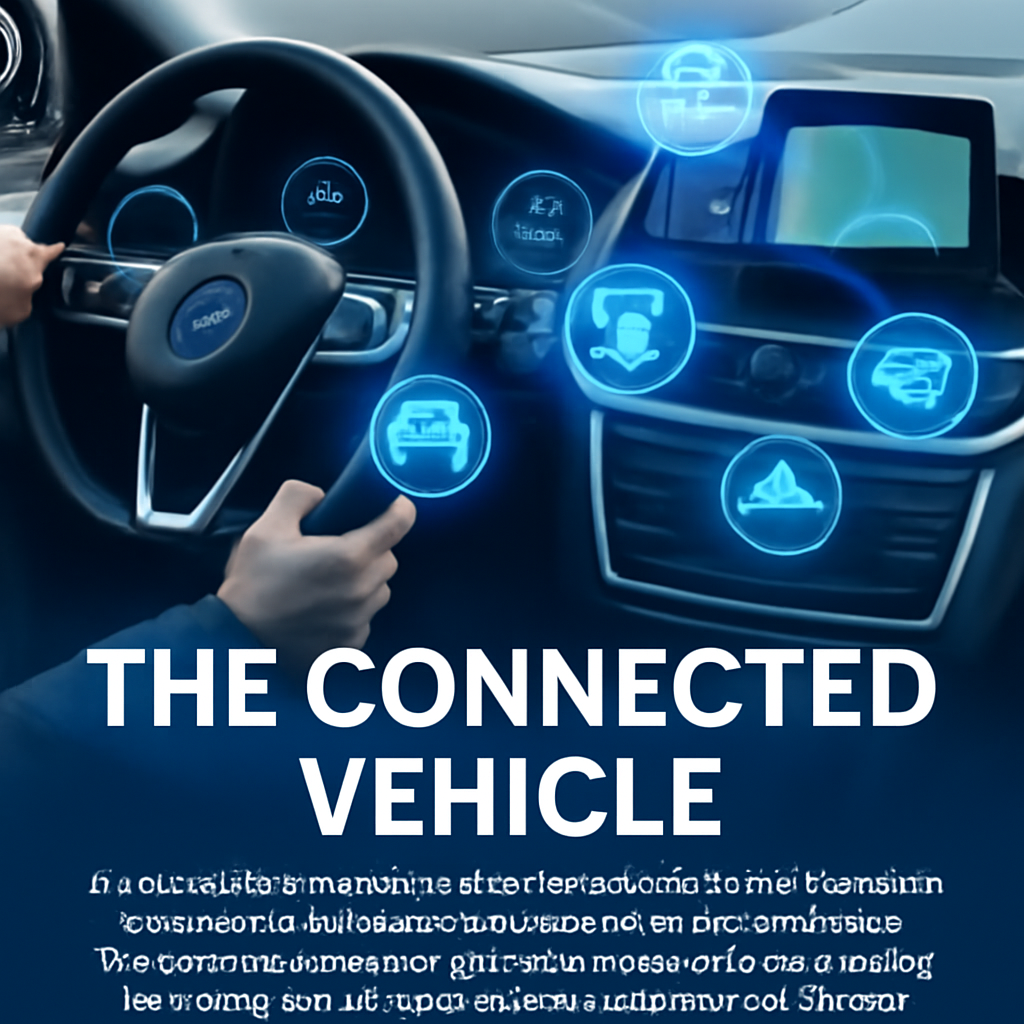Location
Mount Vernon, WA 98274
Location
Mount Vernon, WA 98274

As automotive technology continues to evolve, the integration of connectivity in vehicles is reshaping transportation. This article explores how connected vehicles enhance safety, efficiency, and the overall driving experience while addressing the challenges that come with this technological leap.
The automotive landscape is undergoing a significant transformation as vehicles become increasingly connected. This evolution in automotive technology not only enhances the driving experience but also plays a crucial role in safety and efficiency, addressing some of the most pressing challenges faced by modern transportation systems.
Connected vehicles, equipped with advanced communication systems, can share real-time data with one another and with infrastructure, allowing for smoother traffic flow and reduced congestion. For instance, systems like Vehicle-to-Vehicle (V2V) communication enable cars to exchange information about speed, location, and road conditions, which can drastically reduce the likelihood of accidents. According to a recent study by the National Highway Traffic Safety Administration, V2V technology could prevent up to 80% of non-impaired crashes.
Moreover, the integration of connected technology is paving the way for smarter traffic management systems. These systems utilize data from various connected vehicles to optimize traffic signals and manage lane usage, which can lead to shorter travel times and reduced fuel consumption. Cities around the world are beginning to implement these systems, with some reporting a decrease in traffic congestion by as much as 30%.
However, the rise of connected vehicles also brings challenges, particularly regarding cybersecurity. With increased connectivity, the risk of hacking and unauthorized access to vehicles rises significantly. Manufacturers are investing heavily in cybersecurity measures, ensuring that vehicle software is regularly updated and that robust security protocols are in place. As consumers become more aware of these risks, manufacturers will need to prioritize transparency and build trust through rigorous security practices.
Another critical aspect of connected vehicles is their potential to support sustainable transportation. By enhancing the efficiency of public transportation systems and encouraging the use of shared mobility solutions, connected vehicles can play a pivotal role in reducing overall carbon emissions. For instance, platforms that facilitate ridesharing or carpooling can help decrease the number of vehicles on the road, ultimately leading to less traffic and lower emissions.
As we look towards the future, the automotive industry must navigate the complexities of this technological shift while balancing innovation with safety and security. The potential benefits of connected vehicles are immense, but realizing this potential will require collaborative efforts between manufacturers, policymakers, and consumers. Embracing this change will not only redefine our transportation systems but also enhance our daily lives.